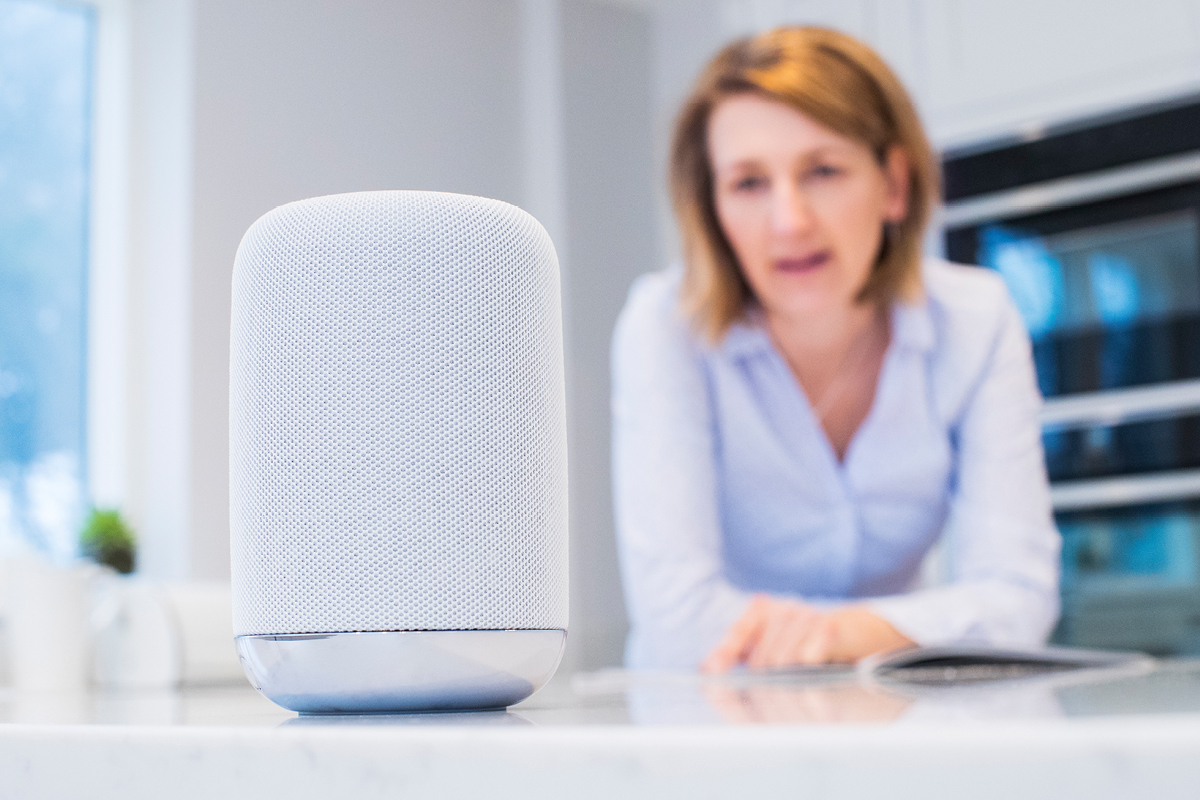Our voice is one of the most powerful tools we have. This is especially true in the modern workplace; we use our voice in meetings, to communicate with clients and our team members, to collaborate, discuss ideas, and present concepts that have the power to truly propel our business forward. For a long time, nothing technological has come close to supporting the power of our vocal capabilities. However, that’s starting to change.
With the rapid rise of digital assistants – think Siri, Cortana, Google Home and Alexa – we now have access to systems that rely on voice commands to control devices and applications, rather than touch. This provides us with near-seamless access to a wide variety of information and services, with even more capabilities on the horizon. As consumers, we will soon be able to own voice-activated refrigerators, washers and dryers, and even cars. But how will this technology translate for the workplace, and what does this mean for the office environment? How can we ensure our employees remain happy and focused among the noise?
Speak and you shall find
The voice is a marvel of human evolution and engineering – it represents a complex relationship between brain, lungs, tongue, larynx, lips and even cheeks – and what’s more, it is unique to humans. Our voice is a highly efficient tool that we can use to access today’s technologies; essentially, our voice has become the ultimate hands-free device and requires little effort on our part. Translating thoughts into words – commands, directions, decisions – can eliminate the time-consuming, error-prone process of navigating menus, typing commands and swiping screens with our fingers.
The advance in voice-activated technologies will lead to increased productivity in the workplace. Imagine being able to navigate through the work day using only your voice. There’s also great potential for this technology to help disabled people, particularly those who have difficulty typing all day. Speak-to-text already exists, but what if we could use our voice for more? Using our voice, and our virtual assistants, we will be able to command files to be printed and emailed, or even spreadsheets to be calculated without lifting a finger.
Virtual assistants and artificial intelligence (and in the future, more technologically advanced augmented reality) can greatly increase our productivity. We can be focused on the task at hand – physically – while conducting other tasks using only our voice. In theory, we might be able to double the amount of work we can complete in a day. But is this really the case?
The sound of silence
As individuals, the adoption of voice-controlled technologies in the workplace will likely increase our productivity. But on the flip side, what will happen to those around us as we dictate to our machines?
It’s not uncommon for office workers to lose a significant amount of their daily productivity and concentration to noise, especially when working in an open-plan office. While digital assistants sound great – and I’ve no doubt they could have the ability to streamline our productivity – how will we be impacted when our surroundings are full of people speaking to their virtual assistants?
It can be difficult to focus on work when everyone around you is having a different conversation with their own virtual assistant, and some may struggle to concentrate over the noise. Humans aren’t designed to focus on 10 conversations at once, and the competition between voice-assisted work may increase the ambient noise, and therefore cause greater distraction for people tasked with work that requires concentration.
With noise as the biggest contributing factor to disruption in the open-plan office, how can we ensure that there is an effective balance between the use of voice-assisted technologies to aid productivity and the need to remain productive through other, concentration-based tasks?
There are several ways to manage unwanted noise and help employees refocus on the task at hand. Investing in noise-cancelling headphones can be a great way to provide a sound filter for employees. Headphones with passive noise cancellation shut out sound by physically blocking it from entering the ear, whereas active noise cancellation generates sound waves to counteract the outside noise.
If noise-cancelling headphones aren’t possible, designating quiet areas in the office for workers to use when needed can provide value. Also, providing the right technologies that give your employees the flexibility to work from anywhere can provide an effective solution for them to seek out their own quiet space, and regain their productivity.







